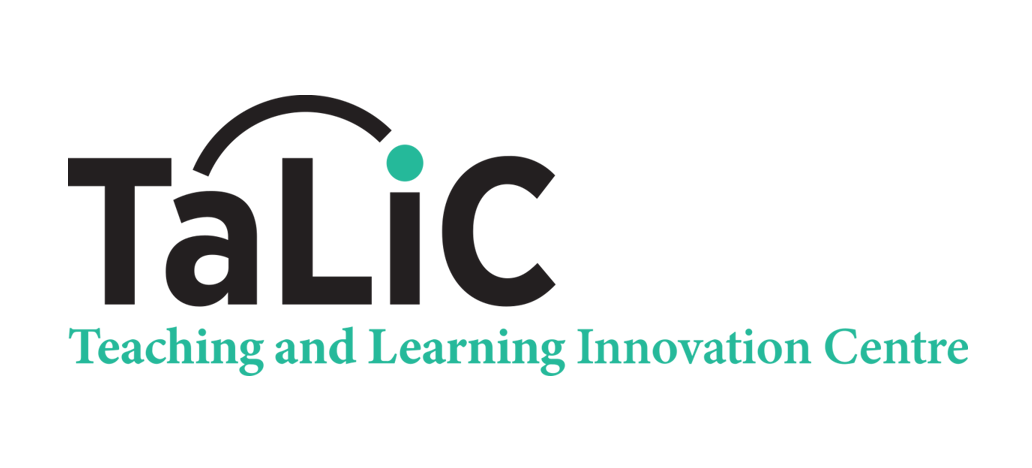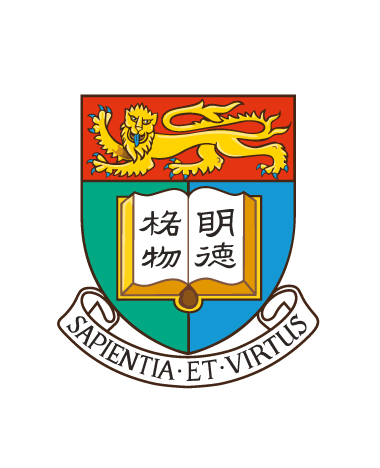Peer review of teaching refers to the participation of colleagues in the development and/or evaluation of teaching. Formative reviews are designed to provide qualitative feedback. Many international institutions and funding bodies have adopted both formative and summative peer review processes as an effective means to monitor teaching standards (Harrison et al., 2022; Zeng, 2020). Peer review provides an effective channel for teachers to share their teaching experience in a structured manner and can be used to support and motivate teachers. Although individual staff development may be one objective, teaching evaluation can also provide documentation that course goals are attained and instructional standards are maintained. In some cases, it can be used to assist decision making when undertaking curriculum review.
Peer review of teaching could be review of any aspect of teaching, including course materials, online provision, curriculum design; analysis of feedback practices. However, in the context of HKU, summative peer review of teaching focuses on classroom observation. Peer review can contribute to better student learning and help enhance the overall educational quality of a course or programme. It can also be used to share good practice within a department or faculty or across the university. Formative peer review promotes agency as the teacher can invite colleagues to act as peer reviewers. Summative peer review of teaching at departmental / faculty level by allocated reviewers provides a robust, independent quality assurance measure.




